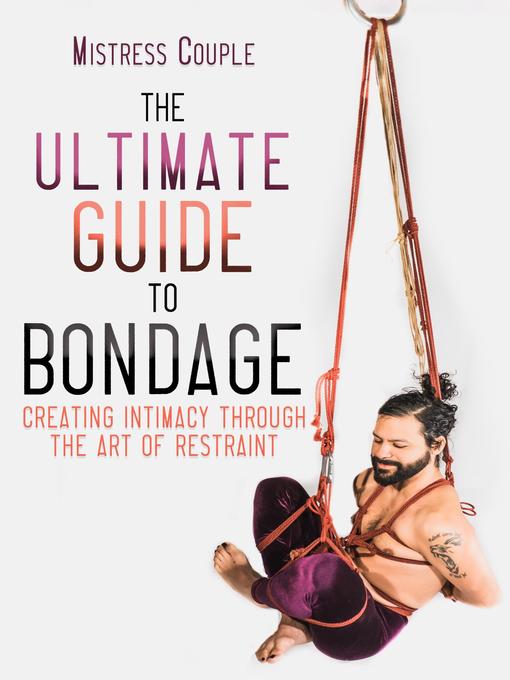
I read a lot about sex work, intersectional feminism, human trafficking, sexuality education, sex toys, legalities concerning what one can do with their own body, BDSM, immigration, racial bias, policing, current scientific understanding of trans bodies and lives, health as it pertains to STIs and pregnancy, mental health, emotional growth, queerness, and how human behavior can make or break communities. I’m also a sex worker who communicates regularly with other sex workers from a variety of backgrounds and within different sectors of the industry, about our collective experiences. Recently, specifically in response to the massage parlor raid in Florida involving a high profile client, I’ve found myself joining a number of discussions with people outside sex work to explain the difference between sex work and sex trafficking. These issues are vital to understand as separate-yet-connected realities in order to pursue meaningful legislation, reduce harm, and protect the greatest number of people. It’s important that we decipher between humanitarian response and policing based on misinformation or personal morality agendas. In this article I’ve linked to a number of writings and resources which have helped me better understand these issues. Action is important, but action without understanding can make things worse—historically affecting victims, minorities, and marginalized people most destructively. We can do better. Following are some ideas about how.
1. Understand that Sex work and sex trafficking are distinct and separate issues. The media, police force, and politicians often do more harm than good when these realities are conflated. There’s also an important grey area to be delineated in this conversation concerning “survival sex workers” and their needs. Until we can decipher between these groups of people and their situational needs, legislation cannot be truly effective, and often errs on the side of harm.
2. Decriminalization vs. Legalization of sex work: This article makes a lot of really important points, and is a great read. It’s generally agreed upon by sex workers, clients, and global advocacy groups (like Amnesty International) that decriminalization is the most responsible and least harmful way to approach legislation when addressing sex work as a vocation. Some highlights in that conversation are:
- Legalization of sex work creates separate classes of workers. The privileged class is that of sex workers who are “legally” engaged in sex work, as defined by having successfully jumped through bureaucratic hoops—which are usually not legislated in tandem with suggestions from sex workers themselves. A second lesser class of worker results from those who haven’t (for any number of reasons) successfully jumped through the bureaucratic hoops in place, and so are considered “illegal workers” and so become further vulnerable to both officials and predators. In practice, classism disproportionately negatively effects marginalized people including workers who are immigrants, PoC, trans, drug users, and survival sex workers. “Legalization” systemically favors white, cis, and less poverty stricken sex workers. It is not socially just nor an equitable route to take.
- Partial Decriminalization (or partial legalization) includes the “Nordic model”, aka “Swedish model”, aka “what they do in Germany”. In this model the selling of sex work is decriminalized, yet the buying of sexual services remains against the law. This arrangement of criminality puts clients in the position of fearing legal retribution as they seek services which are legal to sell. This causes problems for sex workers most significantly down the line. People who are afraid of prosecution generally do not want to be vetted by workers, they are less likely to give accurate information to workers when asked, and are less likely to allow sex workers the time they need to evaluate whether or not they are a safe client to interact with. The fallout from situations like these is an increase of abuse to workers themselves, and pressure to work in less safe situations in order to receive an income.
- Things to know about decriminalization: decriminalizing sex work does not change the status of sex trafficking. Trafficking remains illegal and is separately defined from consensual sex work.
- Within decriminalization underage sex is still defined as sex trafficking and should be prosecuted as such.
- Decriminalization of consensual sex work helps authorities and trafficking advocates narrow their focus and resources to those victimized by trafficking and abuse. When less time, energy, and money is wasted on adults involved in consensual sexual trade, authorities are left with more resources to seek out perpetrators of trafficking and abuse violations.
- Decriminalization of sex work helps sex workers and victims of sex trafficking report abuse to the authorities without fear of retribution or further harm befalling them as consequence.
- Decriminalization in the USA has already been studied, as it was decriminalized for 6 years in Rhode Island between 2003-2009. Two numbers of note that have been published about that period of time are that cases of gonorrhea went down by around 40% statewide, and police reports of rape went down by about 30%.
3. What is FOSTA/SESTA? the impact of FOSTA and SESTA on actual sex workers has been discussed since well before either bill was voted on last year. Recently there have been updates published about the fallout from these bills—and it turns out that sex workers were right about how it would effect their industries and personal safety. In addition, these bills have effected the internet as a whole, our national discourse on sexuality, and the experiences of non sex workers navigating person to person platforms such as dating websites, while increasingly dealing with censorship or placed in harm’s way.
4. Sex worker clientele: How is it possible to have a healthy and respectful relationship with service providers? Sex work is an issue which involves many communities of people, and clients are as much a part of the conversation as sex workers are. There are as many reasons why clients seek out the help of sex workers as there are clients. There are as many reasons to become a sex worker as there are workers.
So, why are we making this issue largely about women and victims (frequently framing women most comfortably as victims too)? Consider that men (and clients who are not men) comprise an important half of this discussion. We cannot meaningfully talk about the needs of workers and/or how to help people who are victimized by trafficking, if we can’t accept the reality that these situations stem from the needs or desires of actual people first. In this era of “me too” it’s vitally important to be having conversations about how the patriarchy and toxic definitions of masculinity hurt all of us regardless of gender, sex, or which side of the provider/client/victim-of-violence slash one finds themself on.
5. It’s important to acknowledge that white people and cis straight men disproportionately profit off industries which fetishize people of color and other marginalized people. This is evident in the sex industry too. This is evident when we assume immigrants and people of color are automatically victims of trafficking, or call for clients to hire what amounts to white women or well-off providers in order to be “socially responsible clients”. This is evident when we don’t rise up and call bullshit when black and brown strippers are paid less, given worse shifts, and hired less frequently than white workers are. This is evident when we automatically decide that third parties (“pimps”, booking agents, agency owners, etc.) never have the safety and welfare of sex workers in mind, rather than digging deeper into what different demographics of workers prefer or need individually. This also gets into whether or not we trust and believe marginalized people when they tell us about their lives.
6. After learning about these issues one may be left feeling lost as to what to do. There are many ways to help effect change. From discussing what you’ve learned with the people around you, to not tolerating derogatory statements which objectify sex workers or demonize their clients when voiced by friends, co-workers, and family. Volunteering for the sex work advocacy or end-human-trafficking organization you feel most connected to is a solid start, as is writing your elected officials.
Consider whether or not you think these issues are ones which pertain to you, your friends, family, associates, or people whose struggles you care to acknowledge. We’re all connected. We each play a part.
7. Sex work isn’t just something other people engage in—if you’ve ever watched porn you’re part of the tapestry depicting how sexuality and capitalism effect us all. As an exercise: think about why you might be interested in (or turn to) pornography, erotica, strip clubs, cam rooms, phone sex, professional Dominants/submissives/switches, instructional books and video, sex therapists, sex surrogates, sensual and/or sexual massage providers, sexological body workers, full service sex workers, sacred sexuality guides, escorts, sugar relationships, swinger’s clubs, live sex performances, commercial dungeons, sex and kink conventions, or any other iteration of paid (or often unpaid—be aware of what this also means) assistance catering to your sexual impulses or desires. Sex work is work. I’m sure you can easily list a number of common reasons people pay for sex and sex adjacent services. Prioritize access to safe and respectful spaces for sex workers to provide. Protect the bulk of our resources in doing so. Prosecute traffickers and those who abuse.
The very ways we depict, legislate, and police these interconnected concerns must be more transparently examined, and they must change.
Play On My Friends,
~ Creature
This writing takes time, research, and consideration. It is my art.
Please visit my Patreon, offer one time Support or email me for other options. Thank you.

